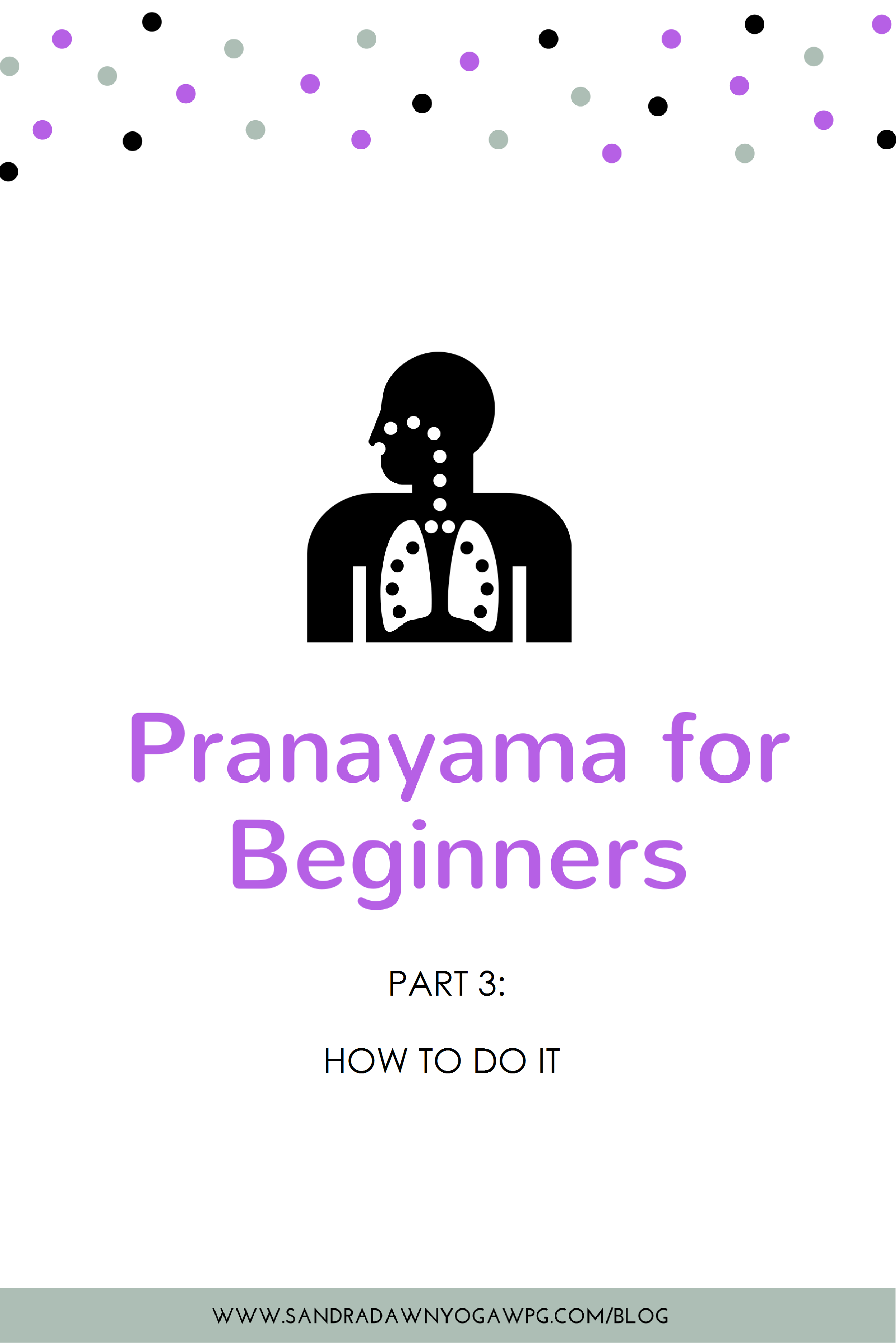So, now you know what Pranayama is and how it can benefit your life and Yoga practice, I wanted to give you two of my favorite breathing techniques that can act as your first steps into the world of Pranayama. The first technique - Ujjayi Breath - is a wonderful breath to bring into your asana practice. I find it really helpful to use this breath to help keep me centered and present during my yoga practice, especially during longer holds. The second technique is one that you can practice on it's own during your day, or at the end of your yoga practice before you lay in savasana. Keep reading to learn how to practice these techniques!
As an Amazon Associate I earn on qualifying purchases.
Ujjayi Breath - AKA "Ocean Breath"
This breath is intended to energize and relax the body. The inhale and exhale of this breath are slightly constricted which lengthens them and creates a slight sound from the back of the throat, which to many, sounds like the ocean.
Step 1: Begin in a comfortable seated position if you are able to sit with a nice tall spine. If you find that this is taking a lot of effort, feel free to either lean against a wall to support the spine or simply lay on the floor. You always want your body to be as open and spacious as possible when working with the breath.
Step 2: We will begin by practicing constricting the throat slightly to lengthen the EXHALE. Inhale through your nose slowly, trying to take at least a count of 4 to complete this inhale. When you EXHALE, open your mouth and breathe out as though you are trying to fog up some glass with your breath. A slight constriction in the back of the throat should create some sound (like Darth Vader for you Star Wars fans ;)). Continue practicing this for at least 10 breaths.
Step 3: Once you feel like you have the hang of the slightly constricted exhale with the mouth open, close the mouth and try to keep that same sound, length of exhale, and constriction through the throat, as you exhale through the nose.
Step 4: If you feel comfortable exhaling through the nose here, begin INHALING with the same slight constriction through the throat. This is when you may begin to hear the sound of the ocean waves as you continue to slowly inhale and exhale making this quiet sound with the back of the throat. This sound is mostly audible only to you and shouldn't be forceful or too loud.
Nadi Shodhan Breath - AKA Alternate Nostril Breath
Alternate nostril breathing is calming to the mind, body, and the nervous system. Did you know that the body naturally switches which nostril you breath out of predominantly throughout the day?? The left nostril is supposed to promote a calming sensation and the right an energetic sensation!
Step 1: Begin in a comfortable seated position if you are able to sit with a nice tall spine. If you find that this is taking a lot of effort, feel free to either lean against a wall to support the spine. You always want your body to be as open and spacious as possible when working with the breath.
Step 2: You will be using your hand to help with this technique - specifically your ring finger and thumb. The first two fingers can simply rest on the bridge of the nose and the pinky can tuck under. If you arm gets tired, just use the other hand to help prop it up.
Step 3: Inhale normally through both nostrils, then use the thumb to close off one nostril and exhale through the open nostril (NOTE: this is very difficult to do if you are stuffed up so maybe blow your nose prior to practicing). INHALE through the same open nostril and then close that side off with the ring finger - opening the other nostril the thumb was resting on -and EXHALE through the nostril on the other side. Continue INHALING AND EXHALING through alternate nostrils for at least 10 full breaths.
Check out the video below to learn how to set up for Alternate Nostril breathing!
These are both fairly mild breath techniques, but even so, it should be noted that Prana - the breath AKA lifeforce - is a very powerful tool. Sometimes when people begin working with their breath in a deeper way they may feel dizziness, nausea, or a rush of emotions. Some people say this is the breath "clearing out" the stagnant energies and other "stuff" we hold on to through our lives, but if you have any concerns or underlying health concerns - low or high blood pressure, asthma, history of fainting - just really listen to your body and if something doesn't work for you right now, just don't do it!

